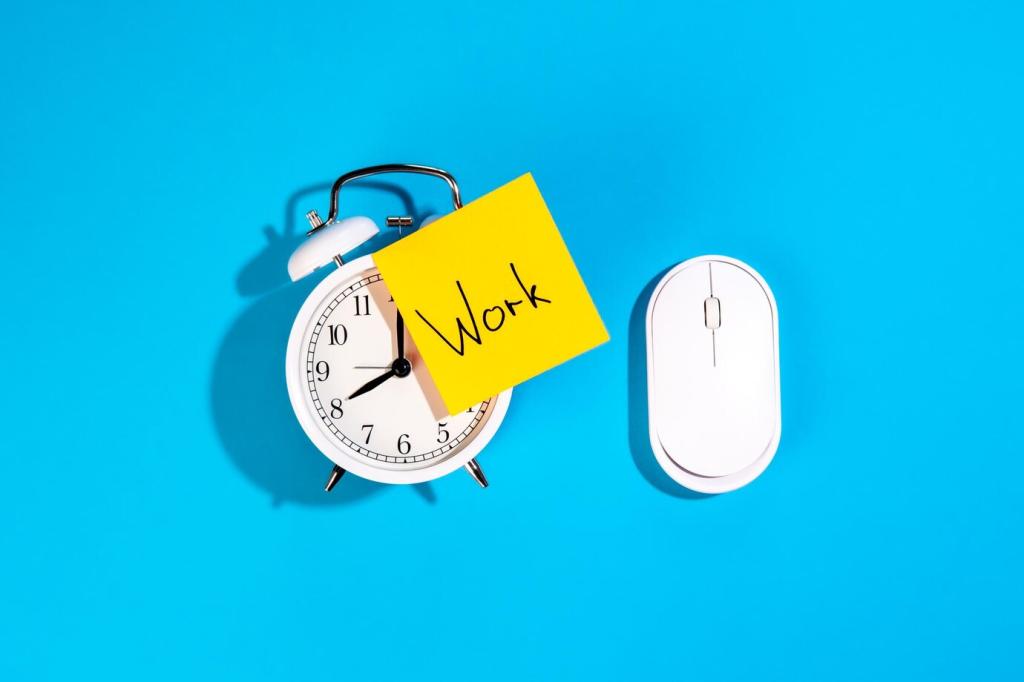Today’s chosen theme: Work Environment Optimization Techniques. Discover practical, research-backed tweaks and real stories that transform scattered desks and distracted minds into steady focus and momentum. Try something today, share your results in the comments, and subscribe for ongoing experiments.
Designing Cognitive Quiet: Less Noise, More Clarity

Adopt a single-tray policy on your desk and clear surfaces at day’s end. Hide cables, reduce duplicate tools, and keep only the current project visible. Less visual chatter means fewer context switches and smoother transitions into concentration.
Your Digital Workspace, Streamlined
Organize files by Year, Area, Project, and Asset. Keep a single inbox folder for downloads and process it daily. When everything has a predictable home, searching shrinks, errors drop, and momentum survives context changes.


Your Digital Workspace, Streamlined
Silence nonessential alerts by default and batch messages into scheduled check-ins. Allow exceptions only for true urgency. Protect focus windows like appointments. Fewer interruptions translate directly into longer, richer blocks of deep work.
Collaboration Without Chaos
Zones for Collaboration and Concentration
Create distinct areas: a buzzing collaboration corner, a quiet library, and a casual lounge for decompression. Clear signage and norms help everyone self-select wisely. When zones match needs, meetings shorten and solo work deepens.


Quiet Hours and Decision Protocols
Agree on daily quiet hours for heads-down effort and use lightweight decision logs to avoid endless threads. When communication is time-boxed and documented, teams move faster while protecting the deep focus that complex work demands.
Use brighter, cooler light in the morning to trigger alertness, then warmer, dimmer light later to reduce strain. If possible, work near a window. Small lighting shifts often improve sleep, mood, and daytime focus.

Behavioral Rituals That Anchor Flow
Begin with a quick plan of three priorities and end by clearing surfaces, capturing loose tasks, and setting the first step for tomorrow. The brain loves closure; these bookends prevent drift and preserve momentum.


Behavioral Rituals That Anchor Flow
Keep a simple list of annoyances—wobbly chair, tangled cable, confusing folder. Solve one friction weekly. This cadence steadily removes hidden drains, making your environment friendlier and your discipline easier to maintain.

